
News
Rwanda’s Marburg Crisis
Play audio version
Ensuring Equal Access to Life-Saving Information for Disabled Rwandans
October 23, 2024
RWANDA — As Rwanda confronts its first-ever Marburg virus outbreak, people with disabilities face heightened risks — not only from the virus but from the lack of accessible health information. In particular, Rwandans who are Deaf, DeafBlind, blind, or have psychosocial disabilities face significant obstacles in accessing essential information and healthcare.
Although the Rwandan government has reported no new infections in recent days, the Marburg virus — related to Ebola — remains highly contagious, spreading through direct contact with bodily fluids like blood and saliva or with contaminated surfaces. Clear communication is therefore critical to ensuring public safety. However, for Rwandans who are Deaf or DeafBlind, public announcements, radio broadcasts, and other audio-based communication channels, including many social media posts, are mostly inaccessible.
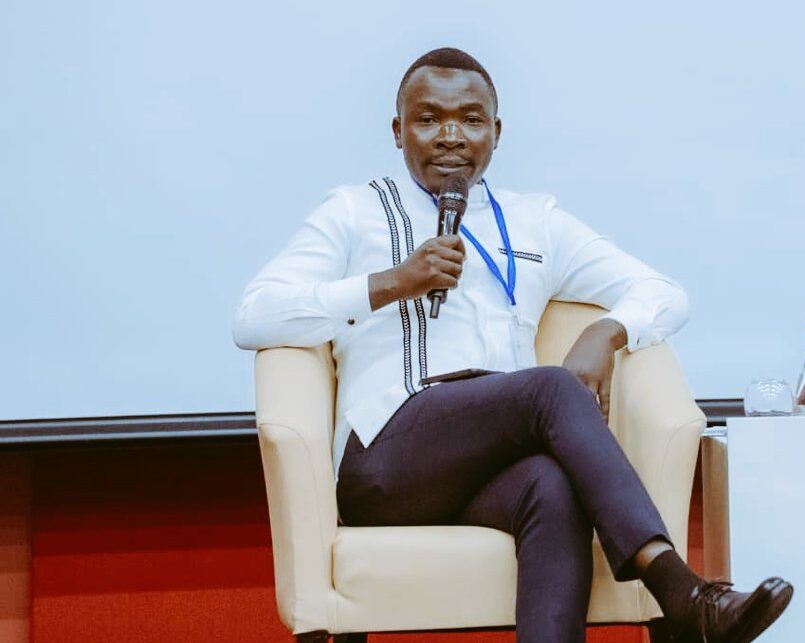
“Without proper accommodations, such as sign language interpreters, captions, Braille, or visual aids, the Deaf and DeafBlind community may miss crucial information about how to protect themselves, symptoms to watch for, or where to seek help in case of infection,” says Joseph Musabyimana, executive director of the Rwanda Organization of Persons with Deaf Blindness. “I really worry that many Rwandans who are Deaf and DeafBlind are not aware of the virus.”
Preventing the spread of the Marburg virus requires strict hygiene and safety measures, including maintaining social distance and avoiding contact with contaminated surfaces. Rwandans who are blind or have low vision often rely on touch for mobility and navigating their environment and could struggle with these recommended precautions. “To effectively protect blind individuals from the Marburg virus, it is crucial for Rwanda’s public health system to implement inclusive strategies for communication and healthcare services,” says Marceline Gato, who is blind. “Public health information must be provided in accessible formats, such as Braille, audio announcements on the streets, and text-to-speech tools, ensuring that blind individuals receive the same vital information as the rest of the population.”
An Inclusive, Mental Health-Centered Approach
Rose Umutesi, executive director of the National Organization of Users and Survivors of Psychiatry in Rwanda (NOUSPR), says the stress of a public health crisis can exacerbate mental health conditions, leading to increased anxiety, paranoia, or feelings of isolation. Fear of the virus, along with the possibility of quarantine or hospitalization, could be triggering for Rwandans with psychosocial disabilities. “So an inclusive, mental health-centered approach is mostly needed. Health communication must be delivered in a sensitive and accessible manner like door-to-door or community awareness to the village level to help individuals understand the situation without inducing panic or confusion,” she says. “Specialized mental health support should be integrated into the broader healthcare response, including access to crisis counseling, psychiatric care, and medications for those whose mental health conditions might worsen during the outbreak.”
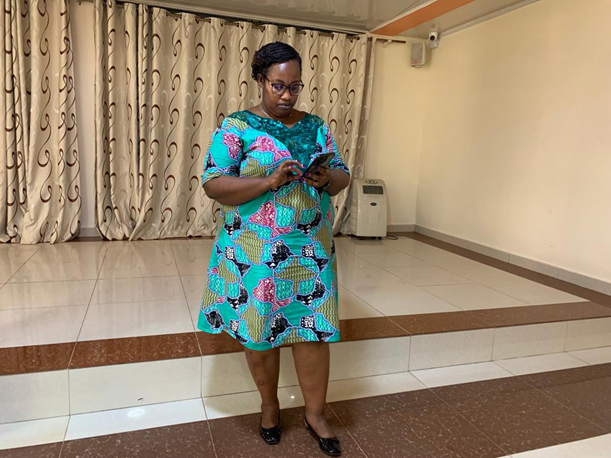
Umutesi adds that healthcare providers and caregivers should be trained to recognize signs of mental health deterioration and how to provide appropriate interventions, such as calming techniques or clear explanations of outbreak procedures. Efforts should also be made to reduce stigma and discrimination during the outbreak, as persons with psychosocial disabilities may face additional social barriers when trying to access care.
Intersectional Concerns
Rwandan women often face discrimination based on gender, and for those with disabilities, this discrimination is compounded by both their disability and, in some cases, their socio-economic status. If Rwanda’s Marburg cases start to climb again, Rose Kanyamfura, legal representative of the Organization of Women with Disabilities for Health Promotion and Development in Rwanda (OWDHD), worries women with disabilities will be most significantly impacted. “Women with disabilities often encounter greater difficulties in accessing healthcare services, even in normal circumstances,” she says. “During a Marburg virus outbreak, when healthcare systems are overwhelmed, these barriers could intensify.”
In addition, women with disabilities may have reduced access to social safety nets or emergency relief programs, either due to discrimination or because these programs are not designed to meet their specific needs. This can make it more difficult for them to recover from the economic shock of an outbreak and can have long-term consequences for their financial stability.
“To protect the rights and well-being of women with disabilities during a Marburg virus outbreak, Rwanda’s public health measures must be inclusive and responsive to their specific needs. This includes ensuring that health communication is accessible in multiple formats, such as Braille, audio, and sign language so that women with disabilities receive life-saving information,” says Kanyamfura. “Additionally, economic relief programs must prioritize women with disabilities by providing financial assistance, food, and support tailored to their circumstances. Rwanda can help mitigate the impact of a Marburg outbreak on women with disabilities, ensuring they are not left behind in the response and recovery efforts.”
Deepening Economic Vulnerability
In Rwanda, any type of outbreak like Marburg could significantly affect the economic livelihoods of people, particularly those with disabilities. Rwandans with disabilities already face systemic barriers to employment, such as limited access to education, vocational training, and inclusive hiring practices. These challenges could intensify during an outbreak, leading to heightened financial insecurity. Employers may reduce their workforce or temporarily close businesses, and individuals with disabilities may be among the first to lose their jobs in such situations.
“If no measures are taken to stop the virus, it will likely deepen this economic vulnerability. Health-related expenses, such as medical bills [and] increased transportation costs for accessing healthcare … would further strain their limited resources,” says Beth Nasiforo Mukarwego, president of the National Union of Disability Organizations in Rwanda (NUDOR).
She adds that NUDOR, along with other partners, will continue advocacy efforts to ensure that people with disabilities are informed about the virus. “But, we wish the government would pass the information in all ways of communicating inclusively,” she says.
Francine Uwayisaba is a contributing writer with the Disability Justice Project and a field officer at Rwanda Union of Little People (RULP). At RULP, she is in charge of the organization’s communications. She writes grants, manages RULP’s social media, and composes articles and weekly updates for the website.
Editing and reporting assistance by Jody Santos
News From the Global Frontlines of Disability Justice

Disability in a Time of War
Ukraine’s long-standing system of institutionalizing children with disabilities has only worsened under the pressures of war. While some facilities received funding to rebuild, children with the highest support needs were left in overcrowded, understaffed institutions where neglect deepened as the conflict escalated. “The war brought incredibly immediate, visceral dangers for this population,” says DRI’s Eric Rosenthal. “Once the war hit, they were immediately left behind.”

The Language Gap
More than a year after the launch of Rwanda’s Sign Language Dictionary, Deaf communities are still waiting for the government to make it official. Without Cabinet recognition, communication in classrooms, hospitals, and courts remains inconsistent. “In the hospital, we still write down symptoms or point to pictures,” says Jannat Umuhoza. “If doctors used sign language from the dictionary, I would feel safe and understood.”
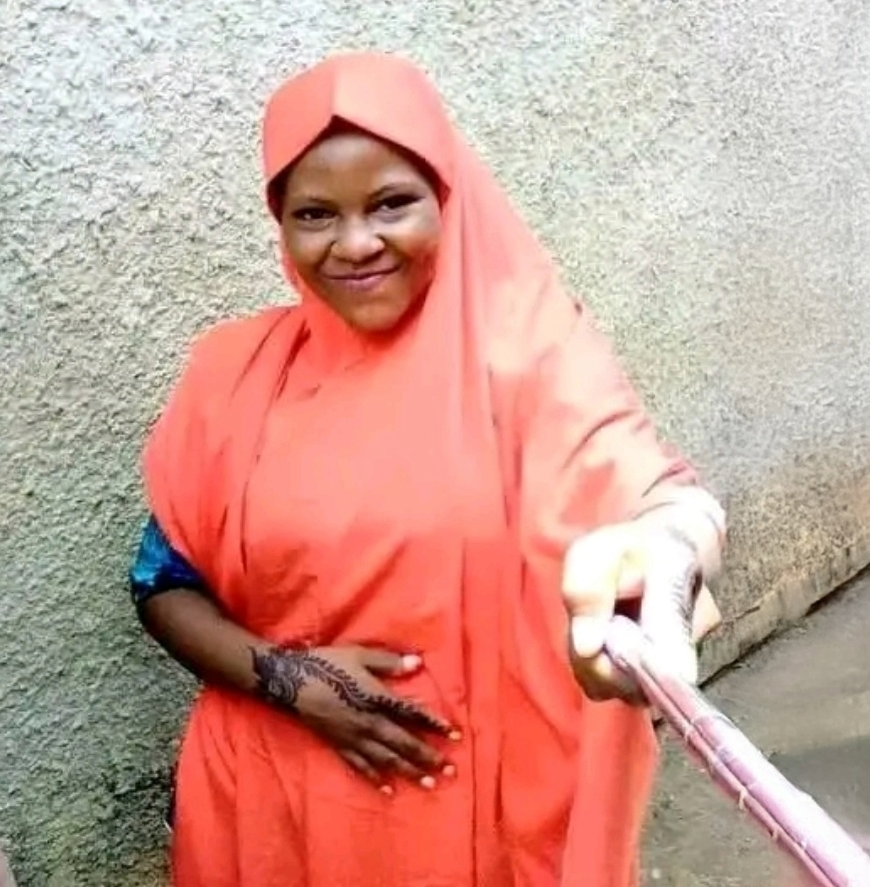
Failure to Inform
Zulaihatu Abdullahi dreamed of finishing school and building a home of her own. But at 19, she died of untreated kidney disease because no one could communicate with her in sign language. Her story reveals how Deaf Nigerian women are often left without lifesaving care. “If only she had access to healthcare where someone could guide her… explain each step, she might still be here,” says Hellen Beyioku-Alase, founder and president of the Deaf Women Aloud Initiative.
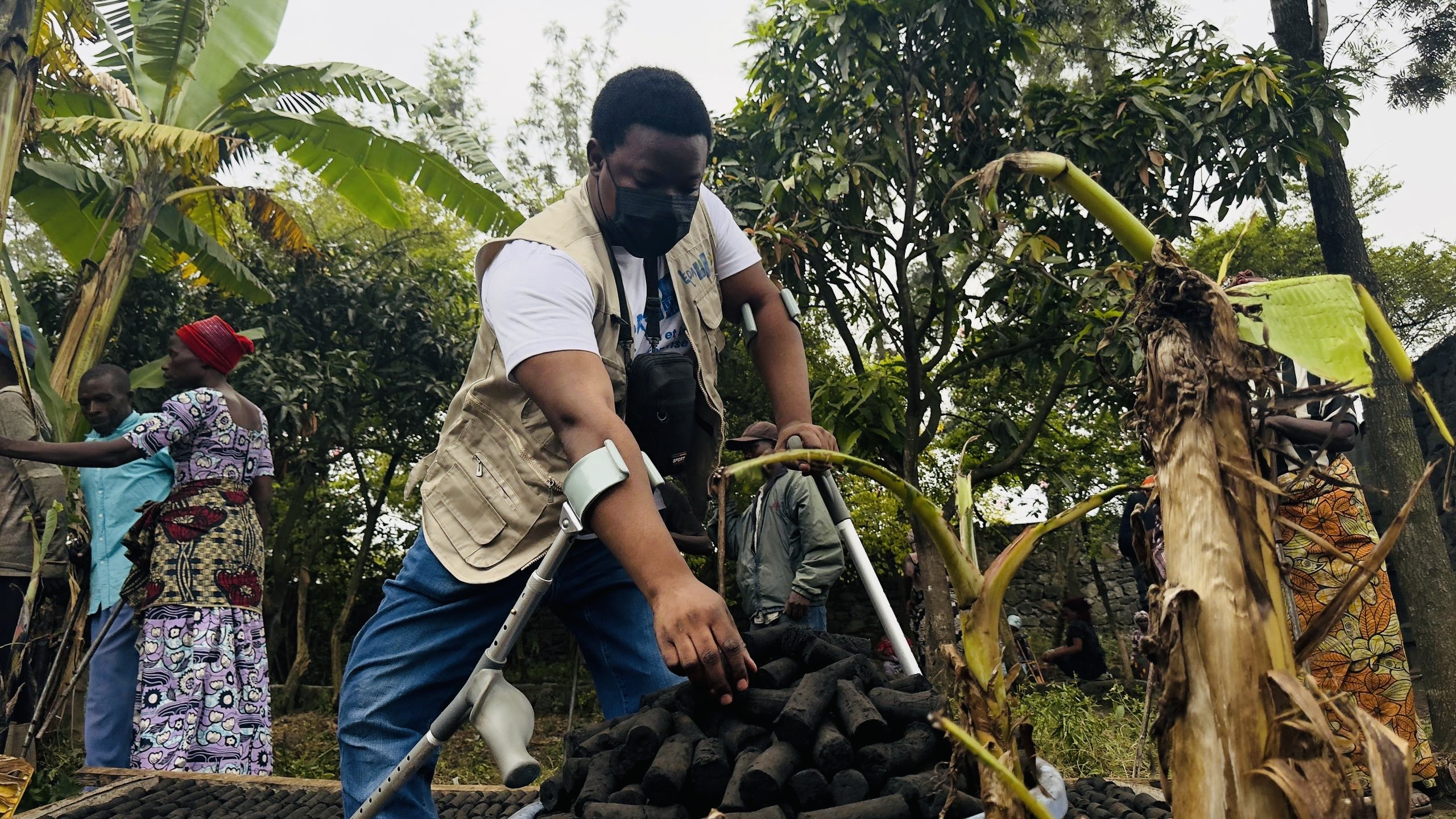
Disability in the Crossfire
In Goma, Democratic Republic of Congo, ongoing conflict and forced displacement have hit people with disabilities hardest. Rebel groups seized supplies from a clean cooking initiative designed to support displaced people with disabilities, leaving many trapped without aid. “It is still a big difficulty for authorities or government or humanitarian organizations to make a good decision which includes everyone,” says Sylvain Obedi of Enable the Disable Action.
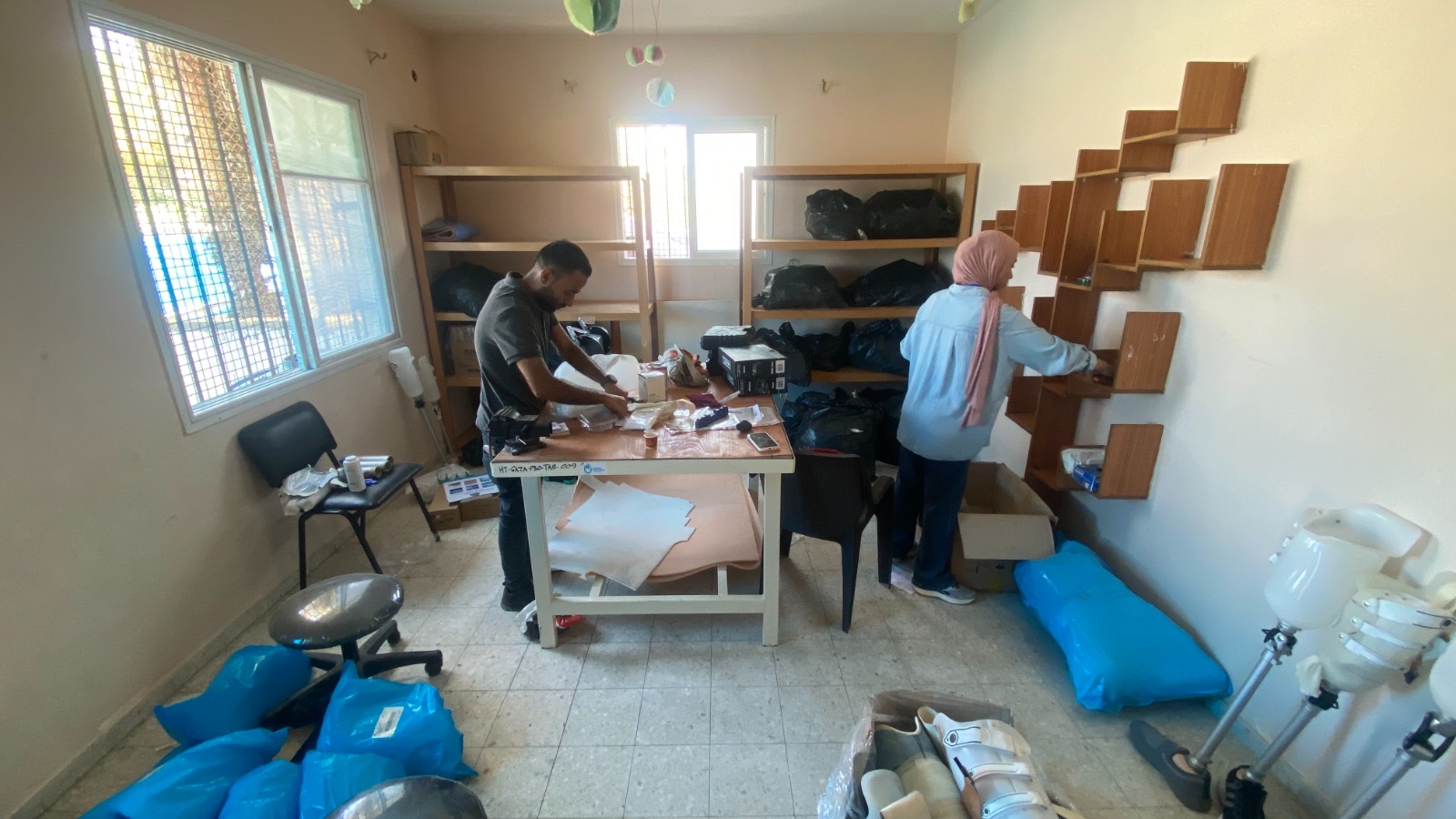
Gaza’s Amputees
At the Nahla Prosthetics & Orthotics Center in Gaza, staff wake up each day wondering if it’s safe to open before treating a handful of people in need of new limbs, adjustments, or psychosocial support. With famine declared in Gaza City and aid restricted, the center faces mounting shortages of materials and trained technicians. “Our colleagues call the situation a nightmare with no end,” says Zaid Amali, Humanity & Inclusion’s senior advocacy officer in Palestine.

‘People like Me Can Dare to Dream of Standing Upright’
Rwanda’s decision to cover prosthetic and orthotic services under national health insurance is being hailed as a milestone for disability rights. Advocates say it marks a shift toward greater inclusion and access to essential mobility aids. “This is more than a health policy,” says Jean Baribwira. “It is dignity, inclusion, and hope.” For many, the change represents long-overdue recognition of mobility as a basic right.
Read more about ‘People like Me Can Dare to Dream of Standing Upright’